Emerging urbanization in tribal hill districts
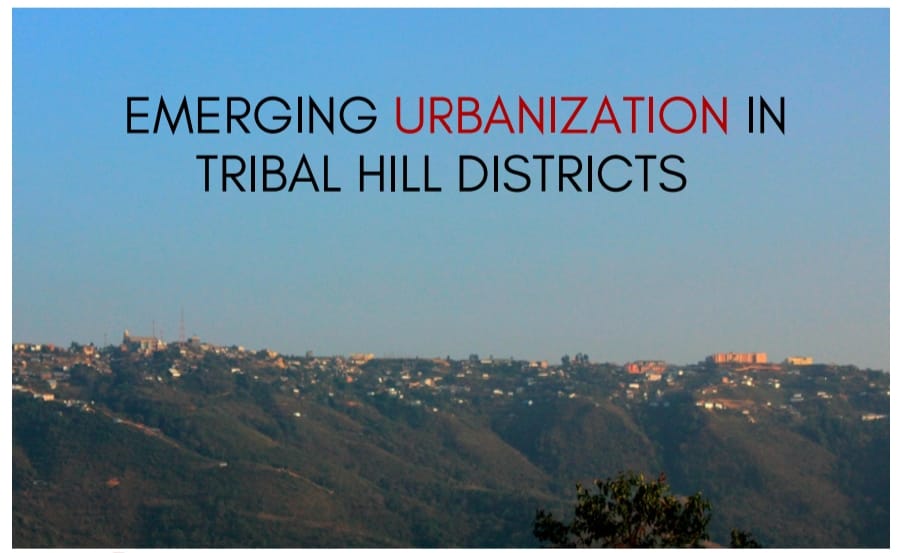
By Ninglun Hanghal
In the past few months, several pictures of clearing waste, and collecting garbage dumps in public places, towns, and colonies were seen across social media, particularly in districts like Ukhrul, and Churachandpur.
Such activities are mostly conducted on a philanthropic and voluntary basis. In tribal areas or tribal societies at large, tribe organizations, the student bodies, the public in general, and concerned citizens, usually carry out “public service” popularly known as “ social work” in the village or neighborhood.
Besides incidents like accidents, fires, and emergencies, including repairing roads, in recent times, cleaning public places, clearing garbage dumps, and collecting litter have come up as one of the main “social work” activities for concerned citizens and civil societies.
At the village level or in neighborhood colonies, these are good practice, and exemplary and it continues to be carried out in these manners. It remains one of the socio-cultural traditions- that is philanthropy and volunteering for the common good as a community.
Village or colony waste though cannot be compared to urban waste. And for how long can people depend on voluntary service is the question that is emerging.
The visibly fast emerging towns are bearing the burden of these overgrown localities that are not yet ready to cope nor have the capability in terms of resources - both human and financial. Added to these is the absence of a visionary plan and policy. If at all a plan is in place, it is definitely either not implemented or very short-sighted planning.
Overall, it calls for urgent attention to the situation in the hill districts in terms of poor administration and governance. Most crucial is the alarming situation of health hazards and environmental degradation.
For instance, the garbage dump of medical and human waste behind the district hospital in Lamka, Churachandpur right in the middle of the town is alarming. An alert needed to be sounded on the hazards of such dumpings.
Even as voluntary, philanthropic acts and social works deserve applause and appreciation, it needed a further deeper look into these “common” problems. These are not merely garbage or waste that can be cleaned up based on a one-day social work by a few groups of youths. The problem cannot be solved as a one-time samaritan act when it stinks.
Moreover, evolving urban societies cannot and should not be dependent on voluntary work. It requires systematic measures, policies, and programs. Most importantly a systematic approach and visionary planning that should foresee at least 50 years ahead.
When we look at the towns - the tribal hill district headquarters in particular- there is no doubt that it is already an urban center, with ongoing commercial activities, social activities, and public events.
Moreover, rural-urban migration is happening at a fast pace. The rural population left their village to seek opportunities to earn some income in these upcoming urban centers. Those who could afford, they further migrate down to the capital city Imphal, while the majority are concentrated in the district headquarter town.
There is population pressure in the towns. There is economic activity and a lot of “happenings” in these towns, providing small income earnings to a large number of people.
Given the un-plan nature, and the un-preparedness of the district headquarter towns in the tribal hills, all of these situations lead to congestion, chaos, and mess, eventually generating huge amounts of waste and garbage.
It reflects the absence of a system, management, and monitoring of these emerging urban centers in the hill areas.
Urban waste- human waste, bio-waste, e-waste, and medical waste piles up in every nook and corner. Common citizens litter in public places and spaces. Besides garbage, trash, and scrap littering around, these towns are congested, traffic management appears a difficult task as well. From heavy vehicles to light vehicles to pedestrian and public transport with vendors around all available corners, these towns are in a total mess.
Amidst this, at the drop of rainfall, these towns are water-logged and flooded. Homesteads and agricultural lands were inundated and destroyed.
While there is no separate data available for the hill towns - since it does not come under the municipal area, a report by CAG for 2017-2018 stated that the quantity of solid waste generation in the urban areas in Manipur is estimated at 186.82 tonnes per day (TPD). The Imphal Municipal area alone accounts for 80.47 TPD. The only available solid waste management plant comprising a waste processing plant and sanitary landfill for Imphal city has the capacity of converting only 100 TPD of solid waste into compost.
In the current situation, the concern is the function, role, and responsibility of the local administration and governance in the tribal hill districts. The process of urbanization is not coming from outside nor is it an event that comes with a bang or an announcement. It is an evolving process and a fast one at that, before people and concerned policymakers realize it- it is happening right in front.
In the present context, Autonomous District Councils (ADCs) have town committees to monitor and look into the town affairs too. But these basic governance structures are non-functional and can deal with the huge challenge.
Local governance in the Tribal Hill districts is the ADC. It is the grassroots development model for the tribal hill districts.
In the present context, these ADCs have town committees to monitor and look into the town affairs too. But these basic governance structures are non-functional nor can deal with the huge challenge.
These ADCs were formed a year earlier before Manipur attained statehood. It was established under the Manipur ( Hill Areas) District Council Act 1971. The ADCs function under the Manipur Hill Areas Committee which is constituted under Indian Constitution Article 371-C, a special provision concerning the state of Manipur.
According to the constitutional provisions and District Council Acts the Governor is supposed to annually, or whenever so required by the President, make a report to the President regarding the administration of the Hill Areas in the state of Manipur. This, though, does not seem to be in practice. Neither the ADCs are functioning nor elections are held regularly.
The tribal hill districts are literally with no local governance and administration. Neither there is any functioning local self-government - the ADCs nor the village chiefs or village authorities are in power. Here arise the complications and complexities in the governance of the tribal hill areas- creating a huge gap in development. Thus leading to the piling up of problems and issues.
At the initial formation, six district councils – Churachandpur, Chandel, Ukhrul, Tamenglong, Senapati, and Sadar Hills, were established. The first ADC elections to the Six autonomous district councils of Manipur’s hill districts of Churachandpur Chandel, Sadar Hills, Senapati, Ukhrul, and Tamenglong were held in 1973.
Each council had 18 elected members and two were nominated. Today, each ADC member comprises 24 elected and two nominated members.
From 1990 onwards ADC election was boycotted in demand for an extension of the Sixth Schedule. For 20 years no elections to the ADCs were held. No administration and governance in the tribal rural areas.
Surprisingly or paradoxically, Manipur Tribal Hill Areas do not come under the 6th Schedule or 5th Schedule of the constitution unlike any other state in India that has an ST population.
For whatever reasons it might be ADCs began to slowly bounce back. The ADCs were revived in 2010 under the Manipur (Hill Areas) District Council 3rd Amendment Act 2008. Though there are no “elections” in its true sense, members of the ADCs in most of the districts were ‘nominated’ and ADCs began to function with a total of 156 odd representatives taking the oath.
In 1991, the state government said it had no objection to the extension of the Sixth Schedule to the hill areas but it should be done with “certain local adjustments and amendments” but this was never clarified. Reportedly the Centre has also been seeking an explanation on what these “local adjustments and amendments” are. The issue hangs there. No further information is known.
The ADCs were revived with renewed hope and aspirations, but the functioning of the grassroots democracy has not been smooth. Civil societies like the UNC call upon the nominated or elected ADC members not to “go against its directives”.
That the UNC has not mandated the ADC, so any policies, programs, and activities of any political party/parties or individual/individuals, who either in speech, written statements, visual displays or actions oppose the established and registered political position of the Nagas will be treated as anti-Nagas. According to the UNC, its demand for an alternative arrangement for the Nagas of Manipur — independent of the Manipur government — is pending final settlement to the Indo-Naga political engagement and has reached a crucial stage, and, as such, “any situation that endangers or jeopardizes the established position built up with blood and tears should not be allowed into the land of the Nagas”. The UNC has warned the members and those who are contesting the ADC polls by defying the Naga People’s Convention declaration of July 2010 that they will be banned from taking any social or political responsibilities in the future, adding that anyone who ignores the directive of peaceful and democratic appeal shall do so at their own risk.
After completion of one term 2010-2015, the ADC elections were held in 2015 for the next term. This time there is a bit of election resemblance with people coming out to cast their votes in most of the constituencies.
Once again, the ADC faces a major blow. There is no sign of elections to be held for the next term anytime soon. The 2015-2020 term has ended and it has been two years now.
Some of the reasons for not holding elections were the monsoon and the COVID pandemic. Now as the pandemic improves and some noise has started to begin over the ADC election, comes another roadblock and crisis.
In 2021 the Hill Areas Committee proposed a new ADC Bill. A year later with new government formation, another new ADC Bill was placed before the state assembly this year 2022 by the new HAC and team. This led to strong opposition, protest, arguments, and counter-arguments.
Now once again ADC hangs in balance. Elections to the local bodies do not seem to be held soon shortly.
Besides the political suppression of these grassroots representations, the basic infrastructures of the ADCs are minimal or absent in most cases. Most ADC does not even have a proper office. Many members have not been able to discharge their duties for security reasons and are mostly based in Imphal.
The functioning of the ADC is weak and abysmal. As it stands, the implications of such a situation are indicative of a weak democracy, rather non-existence of governance in the hill areas and Manipur as a whole.
While the hill tribal representatives are responsible for the state of affairs of the local governing bodies, the key lies in the state government, as per Schedule 7 of the Constitution, the local government is a state subject. Moreover, according to the 73rd and 74th Constitutional Amendments 1992, ratified by the state government, the latter is accountable for implementation, monitoring, and reforming the structure of the local self-government. This is also the time to review the several talks and “pending solutions” with the civil and traditional tribal bodies as well as the rebel groups.
In a democratic country like India, the key to the development of rural areas and subsequent progress of a nation lies in the vibrancy of local-self- governance, more commonly known as grassroots democracy. The unrest in the hill areas in Manipur is basically due to the non-functioning of this very basic structure of governance.
There is no doubt that the ADC as a unit of local self-governance in Manipur’s tribal hill districts is unable to function as desired or as it should be. It is time to seriously look into the matter to usher in development and good governance for progress and prosperity.
Ninglun Hanghal is a senior journalist based in Imphal. She writes on development, current affairs, and women.
NB: This article was first published in the 1st edition of HY News Magazine



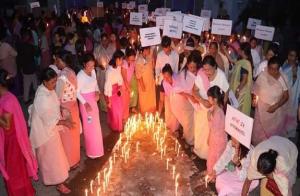
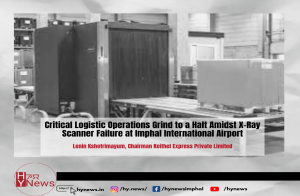

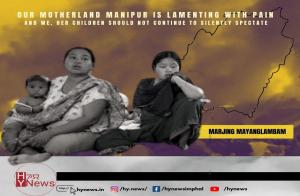

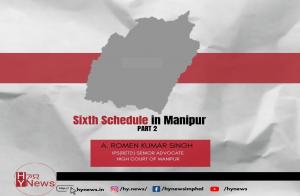
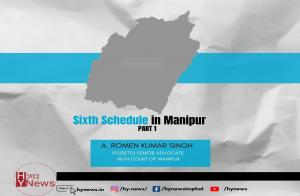



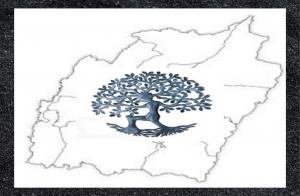



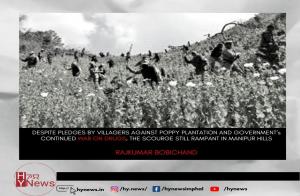

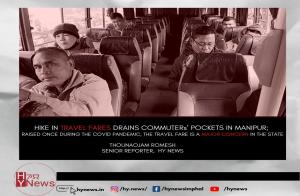

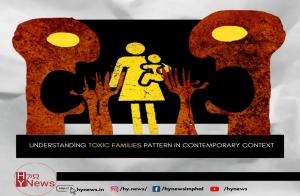

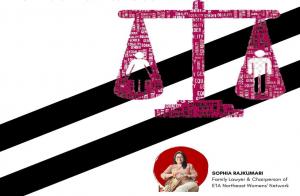
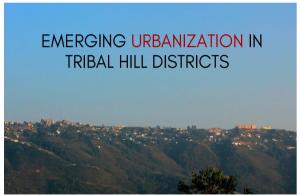
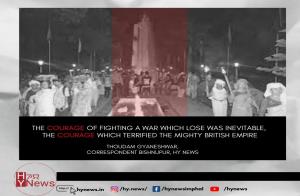

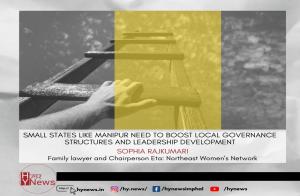
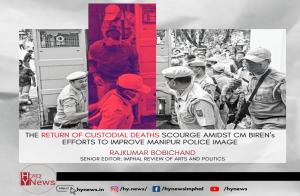

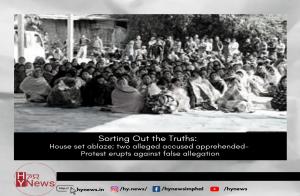





Leave Comments